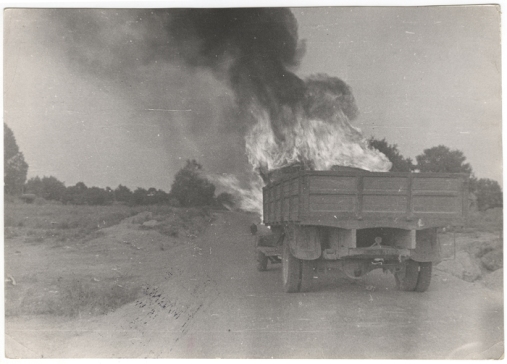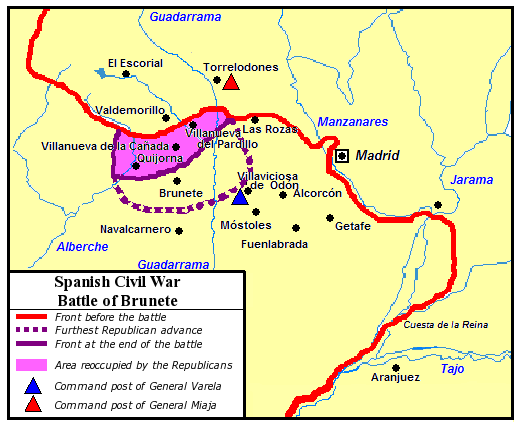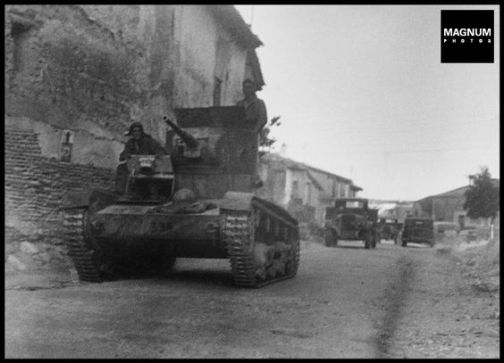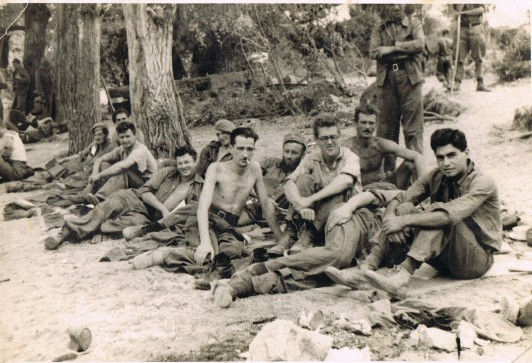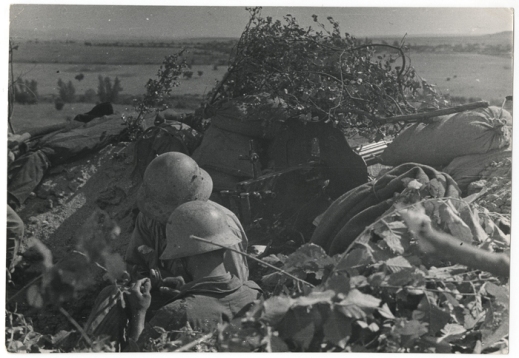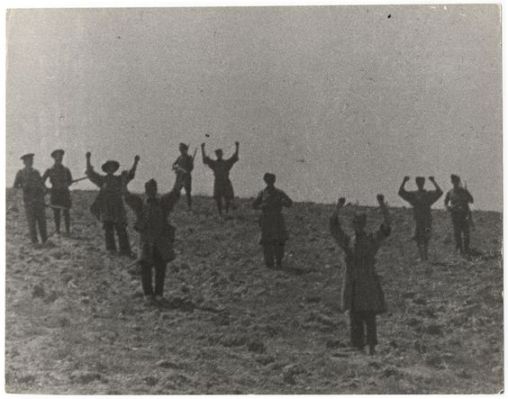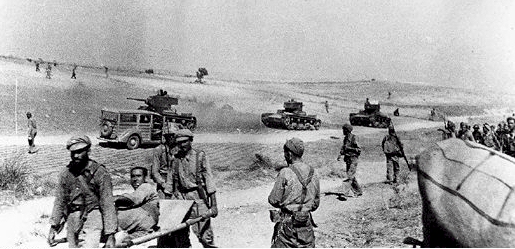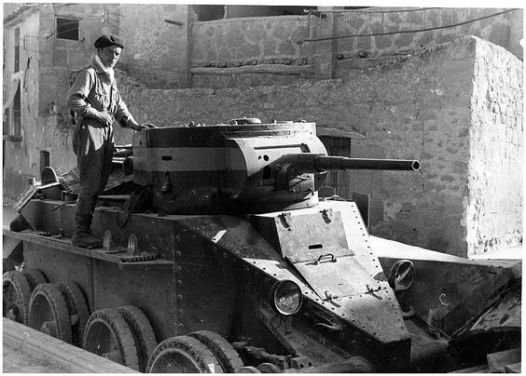The Republicans are ill, battered, without serious supplies and suffering from their massive losses. They dig in all areas in the Brunete front and prepare for the Nationalist counterattack they know is coming. Some 38,000 Nationalists are coming.
The war is one year old today. Spain is fractured and blood had spilled in every city and village. No one is safe. No end is in sight. No saviour is coming.
July 18
The Nationalists begin their counteroffensive both on the frontlines and in the air at dawn. The Republicans have dug in and hold them off, except for a small portion in the north of Quijorna and east in Boadilla. The Republicans lose many men in the hills outside Quijorna while holding their ground. The air attack is at its heaviest, with the Nationalists have 80 planes in the air, the Republicans 60. British volunteer and well-known poet Julian Bell is killed while driving an ambulance.
The Republicans launch a huge counteroffensive outside Boadilla on the Guadarrama river. Both sides struggle to fight in the intense summer weather. Losses are mounting on both sides and little is being achieved on all fronts.
July 20
Brunete is still in Republican hands while the frontlines keep changing and each side loses control and then regains it. Three large Republican brigades take 20 tanks and claim Las Rozas south of Brunete. The eastern and northern frontlines remain unchanged and the western front in Quijorna sees huge fighting.
July 24
Republican forces manage to cross the Guadarrama river towards Boadilla but the battle is not moving much in any direction and losses are still mounting in the vicious Spanish summer. The Nationalists finally break the stalemate and make a push towards Brunete from the south. The Nationalists now have 65 artillery batteries in the south, compared to the Republicans’ 22. Air reinforcements for the Nationalists help and they break into the south of Brunete itself. The 11th Republican division have to retreat north as the Nationalists take Brunete by mid-afternoon. The Republicans in the east are under attack, and more Nationalists from southern Madrid head to the Boadilla area, leading the Republicans to lose their control of the whole area.
Líster Republican 11th division is north of Brunete near the cemetery and are forced to totally withdraw from Brunete and much of the area is now in Nationalist hands. Republicans are withdrawing on all fronts and there will be no more large battles, only sporadic fighting as the Republicans retreat.
The Republicans are suffering in many ways. The International Brigades have suffered terrible losses, and men are angry, deserting or fighting among themselves and their Spanish counterparts. The Nationalists decide to stop the battles as the men are needed in the north in Santander again.
The famous photographer Gerda Taro is near Brunete when her car is hit by a Republican tank. Taro will die a day after the accident.
 Taro would die the day after this photo was taken
Taro would die the day after this photo was taken
July 26
The Republicans have not cut off the Extremadura Road, meaning the Army for the South can still give supplies to Madrid Nationalists, but Republicans do still hold Villanueva de la Cañada, Quijorna and Villanueva del Pardillo. The Republicans have lost upwards of 25,000 men and 100 planes. The Nationalists have suffered also, with 17,000 men lost, though the German Condor Legion have only lost 23 planes in the battles. The International Brigades have lost many men, and their equipment and artillery is in tatters. The Nationalists are heading back to conquer northern Spain, leaving the Communists wounded in pride and numbers, leaving them less powerful among the Spanish government. For all their losses, the frontlines around the area have moved a mere five kilometres in the Republicans’ favour, but the north is back in the firing line after a short break.
- This is not a detailed analysis, just a highlight (lowlight?) of the week’s events. Things get lost in translation – Feel free to suggest an addition/clarification/correction below. The more the world remembers, the better. All photos and captions are auto-linked to source for credit, and to provide further information.




